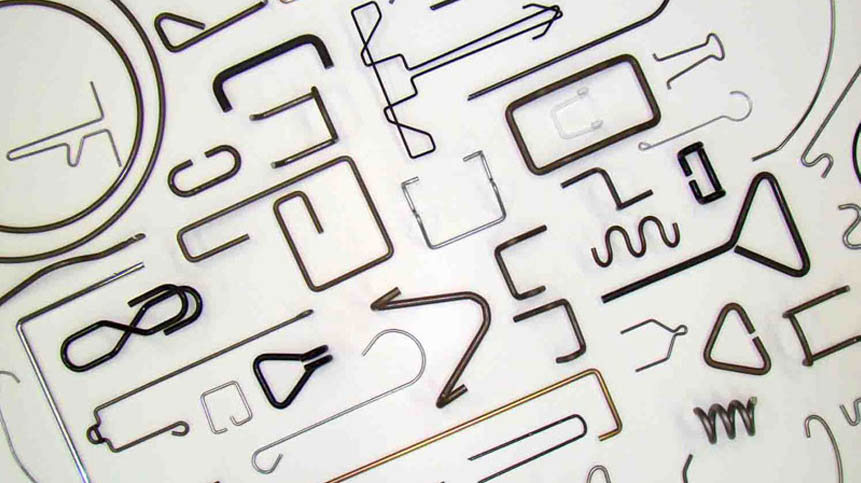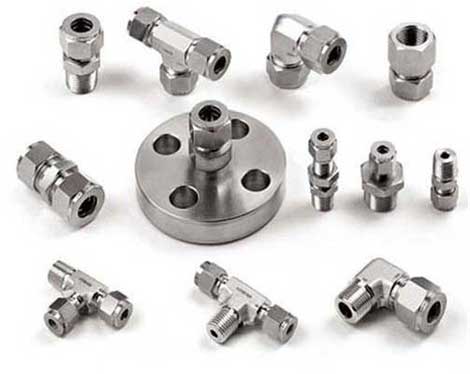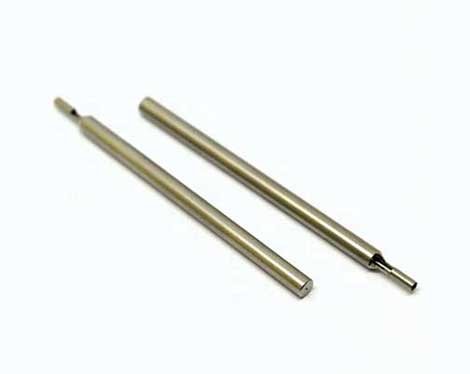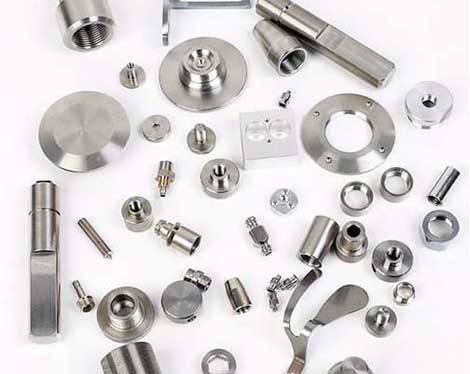Understanding spiral coil springs
Under tension or compression, the material (wire) of a spiral coil spring twists. Therefore, the spring characteristics depend on the shear modulus. Spiral springs can also be used as torsion springs: in this case, the spring as a whole is subjected to torsion around its spiral axis. The material of the spring is thus subjected to bending moments, decreasing or increasing the spiral radius. In this mode, the spring characteristics are determined by the material's Young's modulus.
The resilience ratio of spiral coil springs: the stiffness of the spring is the amount it can accommodate before compressing 1 inch (2.54 cm). Spring stiffness is usually specified by the manufacturer. If the spring ratio is 100, the spring will compress 1 inch under a load of 100 pounds (45 kg).
Applications of spiral coil springs
Spiral springs have many applications, notable ones include: the flexion spring in computer keyboards, the mattress coils in innerspring mattresses, and spiral coil springs in interior decoration.
Spiral springs are commonly used in vehicle suspension. These springs are compression springs, and their strength and size may vary greatly depending on the application. Depending on the vehicle, spiral coil spring suspensions may range from hard to soft. Spiral springs can be installed either with shock absorbers or alone. Spiral springs in trucks enable them to ride smoothly when unloaded, and once loaded, the spring compresses and becomes stiffer. This allows vehicles to bounce less when loaded.
Spiral spring suspensions are also used in high-performance cars, allowing the car to absorb bumps and have low body roll. They are used in off-road vehicles because they allow for travel over the wheels. Spiral springs used in engines are compression springs, playing an important role in closing valves that supply air and let exhaust out of the combustion chamber. The spring connects to the rocker that is connected to the valve. Stretched and stretched spiral coil springs of given material, wire diameter, and coil diameter apply the same force when fully loaded; the added number of coils only (linearly) increases free length and compression/extension length.
Production of spiral coil springs
Metal spiral coil springs are made by winding metal wire onto shaping molds - cylinders for forming spiral-shaped spiral coil springs. Spiral springs for vehicles are usually made of hardened steel. A machine called an auto coiler uses heated spring wire, making it easy to shape. The wire is then fed onto a turning lathe with a metal rod of the desired spiral coil spring size. The machine guides the wire onto the turning rod and pushes it over the rod to form multiple coils. The spring is then ejected from the machine, and the operator puts it in oil to cool.
The spring is then tempered to eliminate the brittleness that occurred during cooling. Coil size and strength can be controlled by the lathe rod size and the material used. Different alloys are used to achieve certain characteristics of the spring, such as stiffness, damping, and strength.


 English
English 

